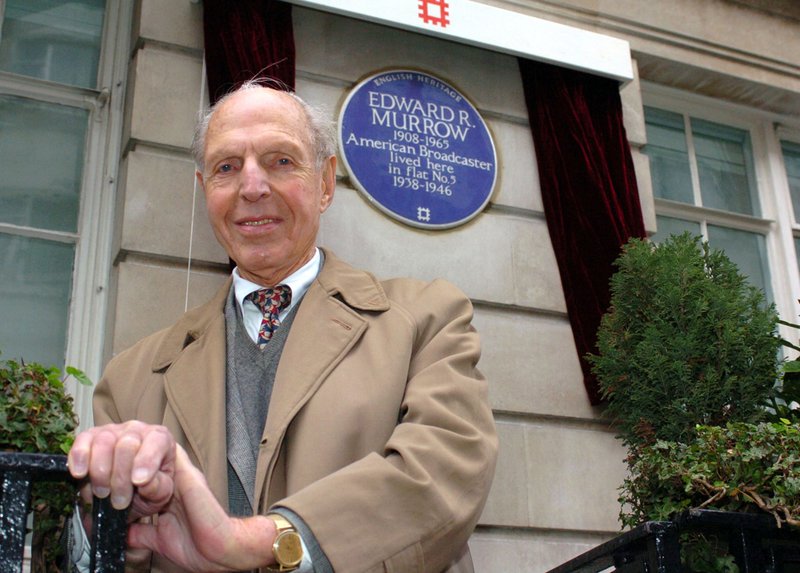HARTFORD, Conn. -- Richard C. Hottelet, the last of the original "Murrow's Boys," the pioneering group of wartime journalists hired by CBS radio newsman Edward R. Murrow, has died. He was 97.
CBS News spokesman Kevin Tedesco said that Hottelet died early Wednesday at his home in Wilton.
Hottelet was a foreign correspondent for the United Press in Berlin at the start of World War II -- and even spent several months in a Nazi prison -- before joining CBS in London in 1944.
He reported from many battlefronts, and went on to become CBS' correspondent for the United Nations, an assignment he began in 1960. He resigned in 1985 to join the U.S. Mission to the U.N. as its public affairs counselor, leaving that post in 1987 over differences with Ambassador Vernon Walters.
The legendary "Murrow's Boys" were recruited by Murrow, then London-based director of CBS' European bureau, starting in 1937 and continuing through the war years. They included such journalists as Eric Sevareid, William Shirer, Charles Collingwood, Larry LeSueur, Winston Burdette and Howard K. Smith.
Decades before journalists were embedded in military operations, Hottelet moved forward with troops and circled back to file his reports. He flew with the U.S. Air Forces before the D-Day operation in 1944 and was in a U.S. bomber that attacked Utah Beach just minutes before the start of the Allied invasion.
Metro on 12/18/2014
